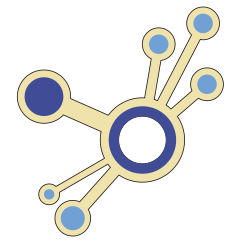SIAM News Blogs
Social media continues to amplify the spread of misinformation and other malicious material. Even before the COVID-19 pandemic, a significant amount of misinformation circulated every day on topics like vaccines, the U.S. elections, and the U.K. Brexit vote. Researchers have linked the rise in online hate and extremist narratives to real-world attacks, youth suicides, and mass shootings such as the 2019 mosque attacks in Christchurch, New Zealand. The ongoing pandemic added to this tumultuous online battlefield with misinformation about COVID-19 remedies and vaccines. Misinformation about the origin of COVID-19 has also resulted in real-world attacks against members of the Asian community. In addition, news stories frequently describe how social media misinformation negatively impacts the lives of politicians, celebrities, athletes, and members of the public.
Neil F. Johnson

